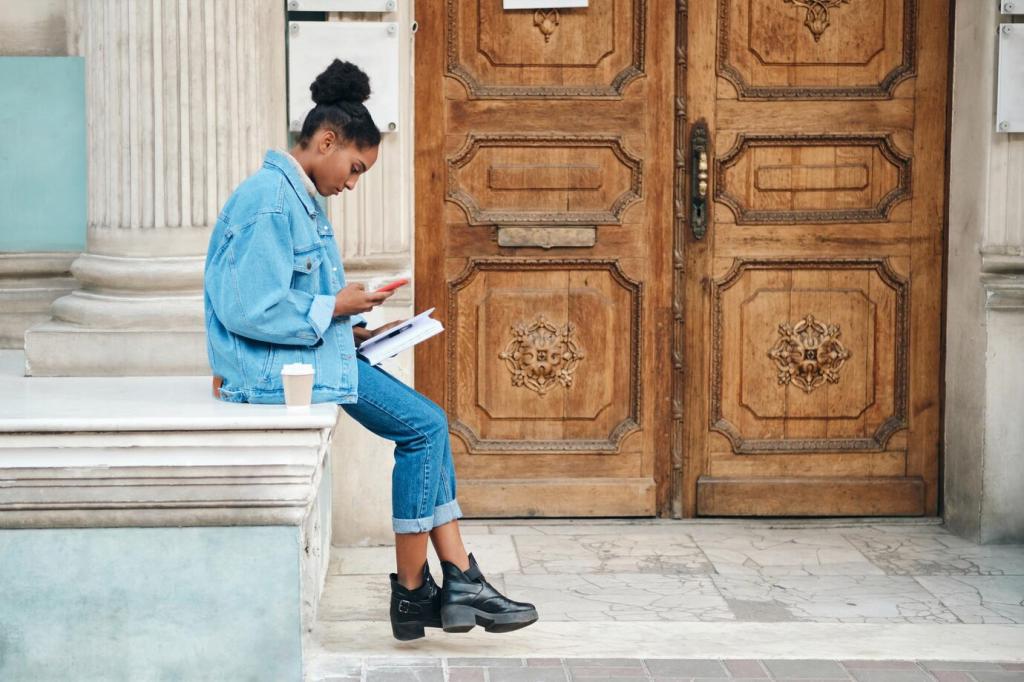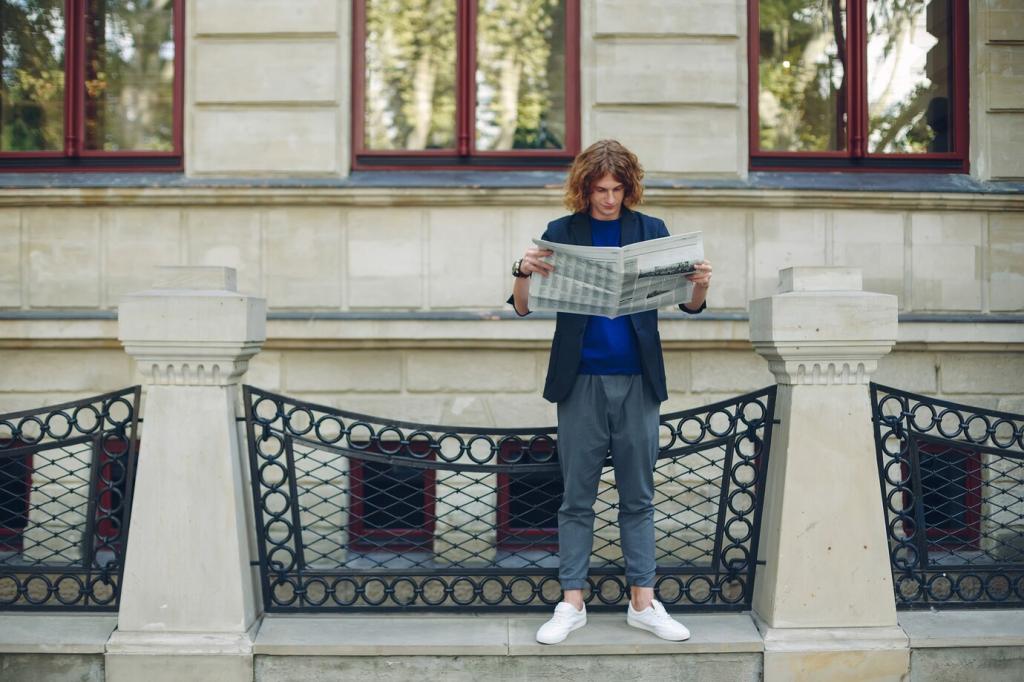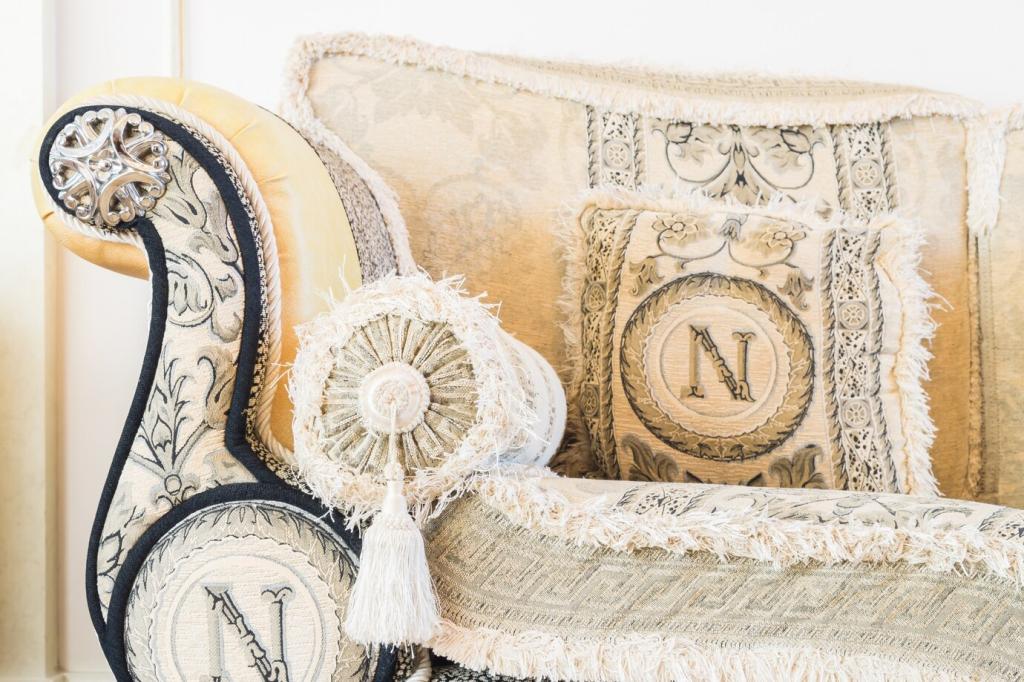
Today’s Theme: Classic Art
Step into luminous galleries, quiet chapels, and sunlit studios where Classic Art still breathes. We will rediscover techniques, stories, and meanings that shaped culture, and invite you to look closer, feel deeper, and share your own insights along the way.
Why Classic Art Still Matters

From Brunelleschi’s linear perspective to the chiaroscuro of Caravaggio and the softened edges of Leonardo’s sfumato, Classic Art pioneered visual grammars we still rely on. Films, photography, and design borrow these tools to create emotion, depth, and focus.
Build a Mini-Museum Routine
Choose one artwork, set a five-minute timer, and log three surprises you noticed. Repeat tomorrow with the same piece to see how your eye changes. Post your notes or reflections, and encourage a friend to join your daily looking practice.
Tools for Deep Looking and Discovery
Use high-resolution viewers from museums and platforms like Google Arts & Culture to zoom into craquelure, brushwork, and underdrawings. Compare multiple versions of a subject side by side and note how composition, scale, and light alter mood and meaning.
Join the Conversation, Shape Future Topics
Comment with your favorite brushstroke from a classic painting and why it moves you. Share your thoughts, subscribe for weekly deep looks, and vote on which masterpiece we should explore together next in our ongoing community guided viewing sessions.
Materials and Methods of the Old Masters
Egg tempera dries fast and sings with crisp detail, while oil paint allows slow blending, glazing, and revisions. When artists shifted to oil, skin looked breathable, shadows deepened, and skies softened, allowing emotions to linger between layers like whispered echoes.
Ultramarine came from Afghan lapis, so rare that it was often reserved for the Virgin’s robe. Vermilion, born from cinnabar, glows like embers. Knowing these origins adds awe, reminding us every blue and red carried distance, danger, and devotion.
Prime a sketch with a warm toned ground, limit yourself to three pigments, and work in thin layers. Notice how restraint sharpens decisions and harmony appears. Share your results, reflections, and questions, and subscribe for more practical experiments and gentle guidance.

Travel Trails for Classic Art Lovers
Uffizi for Botticelli’s poetic line, Accademia for the living marble of David, San Marco for Fra Angelico’s meditative cells, and Santa Maria Novella for perspective’s early bravado. Share your Florence itinerary ideas, and we will compile a reader-powered guide.


Reading Classic Art: Symbols You Will Start Noticing
Lilies whisper purity, dogs pledge fidelity, and skulls remind us time is tender. Books signal learning or devotion; pears suggest charity. Once you recognize these signs, scenes become legible, and emotions feel richer, layered, and stubbornly human across centuries.
Reading Classic Art: Symbols You Will Start Noticing
Hermes’ winged sandals hint at swiftness, while a laurel wreath signals poetic triumph and Apollo’s favor. Notice how painters use myth to examine ambition, jealousy, and love, making old stories feel startlingly current and uncomfortably honest about our own motives.
Starting a Humble Print and Reproduction Collection
Ethical, Affordable Ways to Begin
Explore museum print shops, trustworthy publishers, and public domain resources offering high-resolution files for responsible printing. Look for clear provenance, accurate color, and supporting texts. Share your favorite sources, and subscribe for periodic roundups of vetted recommendations.


Caring for Pieces That Care for You
Use acid-free mats, UV-protective glazing, and avoid direct sunlight. Keep humidity stable and dust gently. Rotate displays to prevent fading. Small rituals of care train attention, helping you notice texture, tone, and mood at different hours and seasons.
